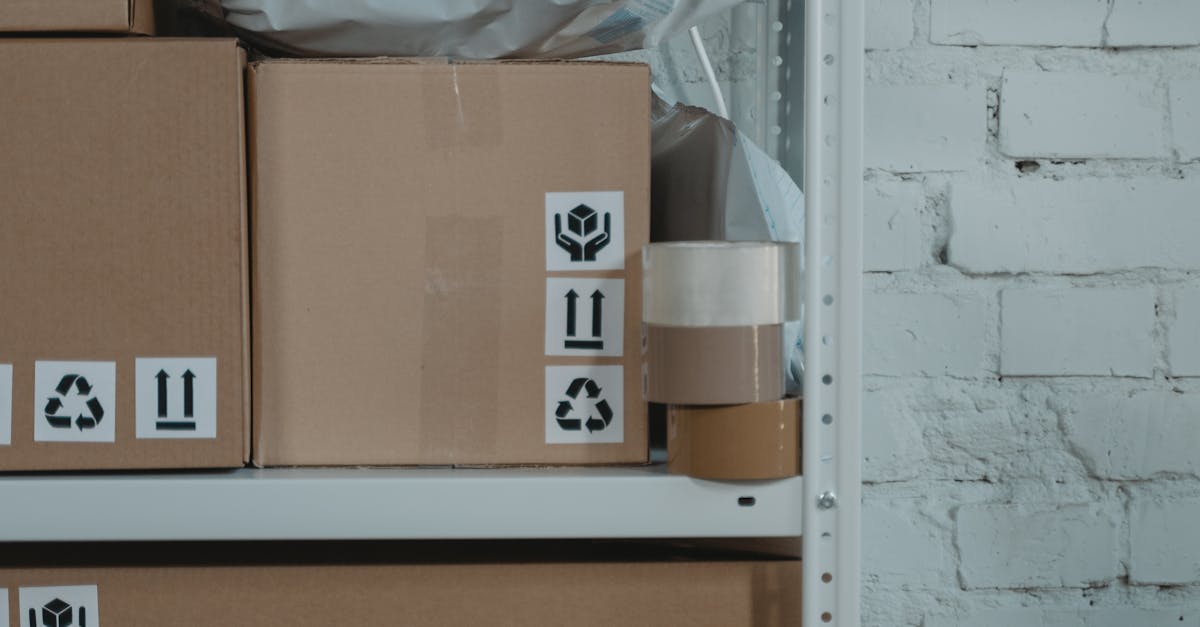
In September 2020, the United States Food & Drug Administration (FDA) proposed a new rule, “Requirements for Additional Traceability Records for Certain Foods” (Food Traceability Proposed Rule). Requirements are already in place for food traceability, but this addition will go beyond those regulations to offer stricter protections for the consumer.
The rule's mission is to require more record-keeping and traceability for foods that are deemed high risk. According to the Food & Drug Administration, “The proposed requirements would help the FDA rapidly and effectively identify recipients of those foods to prevent or mitigate foodborne illness outbreaks and address credible threats of serious adverse health consequences or death.”Bottom line: The FDA is seeking to keep people out of harm's way. The agency wants to have more detailed tracking of specific foods so if contamination happens, the parties involved can get the word out to everyone in the food's path, faster than ever before. Ultimately, fewer people will become ill.
Here's the skinny: The proposal is asking those who manufacture, process, pack, or hold certain foods (more on which foods in a sec) to keep records containing key data elements (KDEs) associated with different critical tracking events (CTEs). These events are growing, receiving, transforming, creating, and shipping — the FDA wants specific records kept in all five of these areas.You can see a detailed breakdown of the aforementioned events on the FDA's FSMA Proposed Rule for Food Traceability page.
The rule applies to a specific group of foods that are deemed high-risk. The FDA's Food Traceability List (FTL) refers to specific foods and any products that contain listed foods as ingredients. I'm including the list below, but the FDA has a detailed description of all these items at FDA.gov. (See the Food Traceability List table.)
It's important to note that although the FDA proposal is for these specific foods, it hopes suppliers will put the rules into place for all foods.
Of course, there are exceptions to every rule. The FDA states certain farms and other originators would be exempt because they produce relatively small quantities of food. So, exemptions in this category include shell egg producers with fewer than 3,000 laying hens; and organizations whose average monetary value of food sold during the previous three-year period was no more than $25,000 (on a rolling basis).Also, the proposed rule would exempt items sold directly to consumers, such as sales at farmer's markets, roadside stands, over the internet, or community-supported agriculture programs.Those listed above are just the biggies. The FDA has laid out a host of other exceptions, so please see Exemptions and Modified Requirements to find out where you land.
The best guess is the rule will be finalized in early 2022 with full compliance required in 2024.(Here's how I arrived at that info: The public comment period ended Feb. 22, 2021, so the details are still in the works. The FDA proposed a compliance date of two years after the effective date of the final regulation, which is 60 days after it is published in the Federal Register.)Regardless of the “when,” it's never too early to be prepared. In the next post, I cover what you can do to get ready.

Master 7-Eleven EDI compliance. Learn the unique document requirements, how to handle multiple ISA IDs, and avoid costly mapping errors for C-store distribution.

The EDI 855 is critical for cost control. Get the 7-step CFO control stack and 30-day action plan to enforce SLAs, automate pricing checks, and eliminate manual errors that raise your cost to serve.

EDI 214 is your digital shipment status slip. Decode key status codes (PU, DL, XL) for real-time cargo visibility and eliminate costly VAN fees with BOLD VAN.